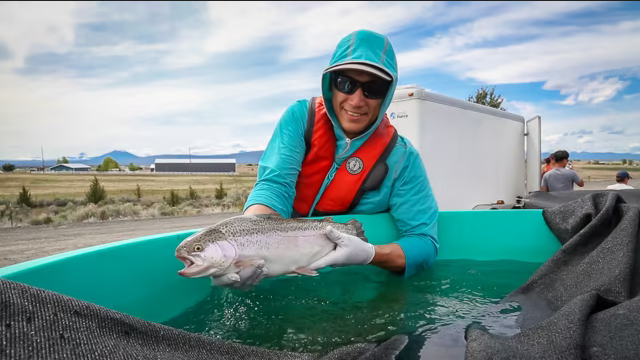Hydropower is a major source of renewable energy, accounting for around 16% of worldwide electricity supply. However, it has the potential to disturb not just local populations, but also ecosystems, water quality, and biodiversity. A study by Germany’s Leibniz Institute of Freshwater Ecology and Inland Fisheries found that one in five fish that passes through a conventional turbine suffers fatal injuries.
This can be harmful to migratory species such as salmon, sturgeon, and eels, whose spawn may have to travel downstream to reach the sea. To assist alleviate this rising worry, Natel Energy has developed a solution.

Natel Energy has re-imagined the contemporary hydro turbine to be more than 99% fish-safe, which is a significant improvement over traditional (expensive and ineffective) fish screens/bypass systems. With DOE funding, Natel collaborated with Oak Ridge National Laboratory, top river restoration experts, and others to apply Restoration Hydro concepts to a paper demonstration site in Virginia, USA.

The partial dam removal project will link 137 miles of upstream migratory fish habitat, enhance sediment movement, provide 2.4 GW of fish-safe hydropower, and replace 50% of the current dam with a rock arch that would allow upstream fish passage.
Natel Energy continues to enhance migration pathways for fish species, including the endangered American eel, at hydropower sites. A recent research conducted by Natel in collaboration with Pacific Northwest National Laboratory found that eel may be safely passed through Natel Energy’s Restoration Hydro Turbine at the greatest pace ever recorded.

As a result, Natel’s turbine is the first in the industry to allow safe fish passage for large and small fish while meeting high-performance metrics and matching standard installation configurations, demonstrating significant progress in efforts to preserve biodiversity while advancing renewable energy production.
This is a Globe Businesswire Feed; fake checked and edited by Clean-Future Team






